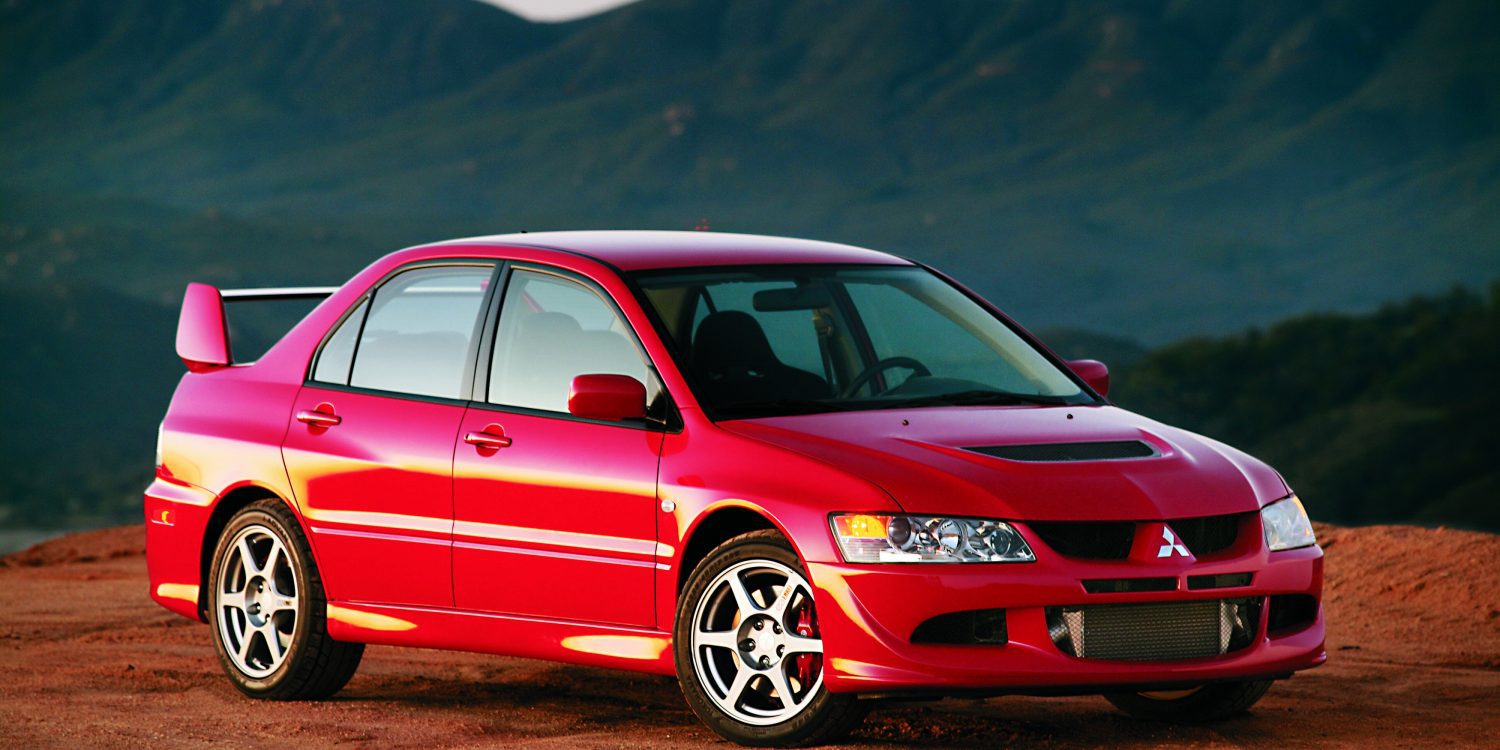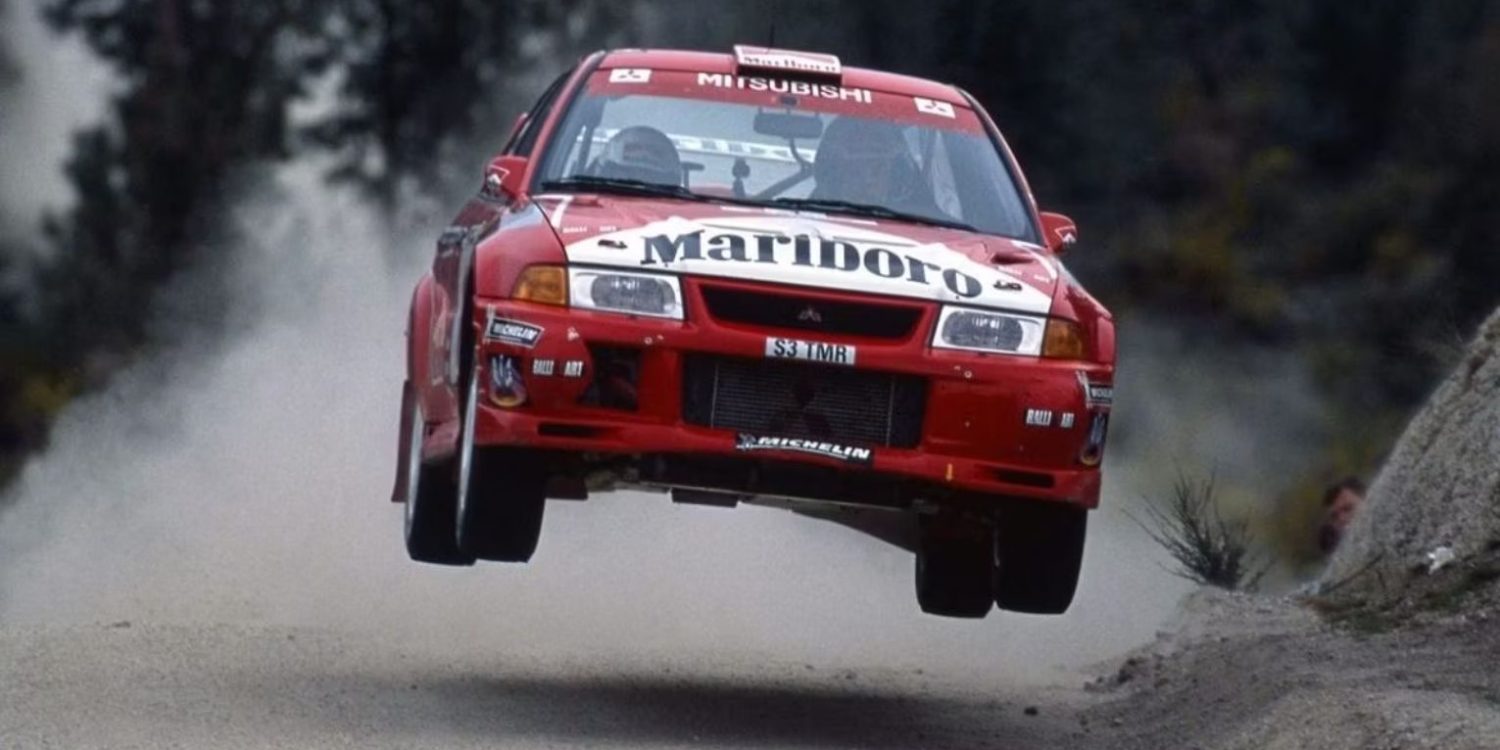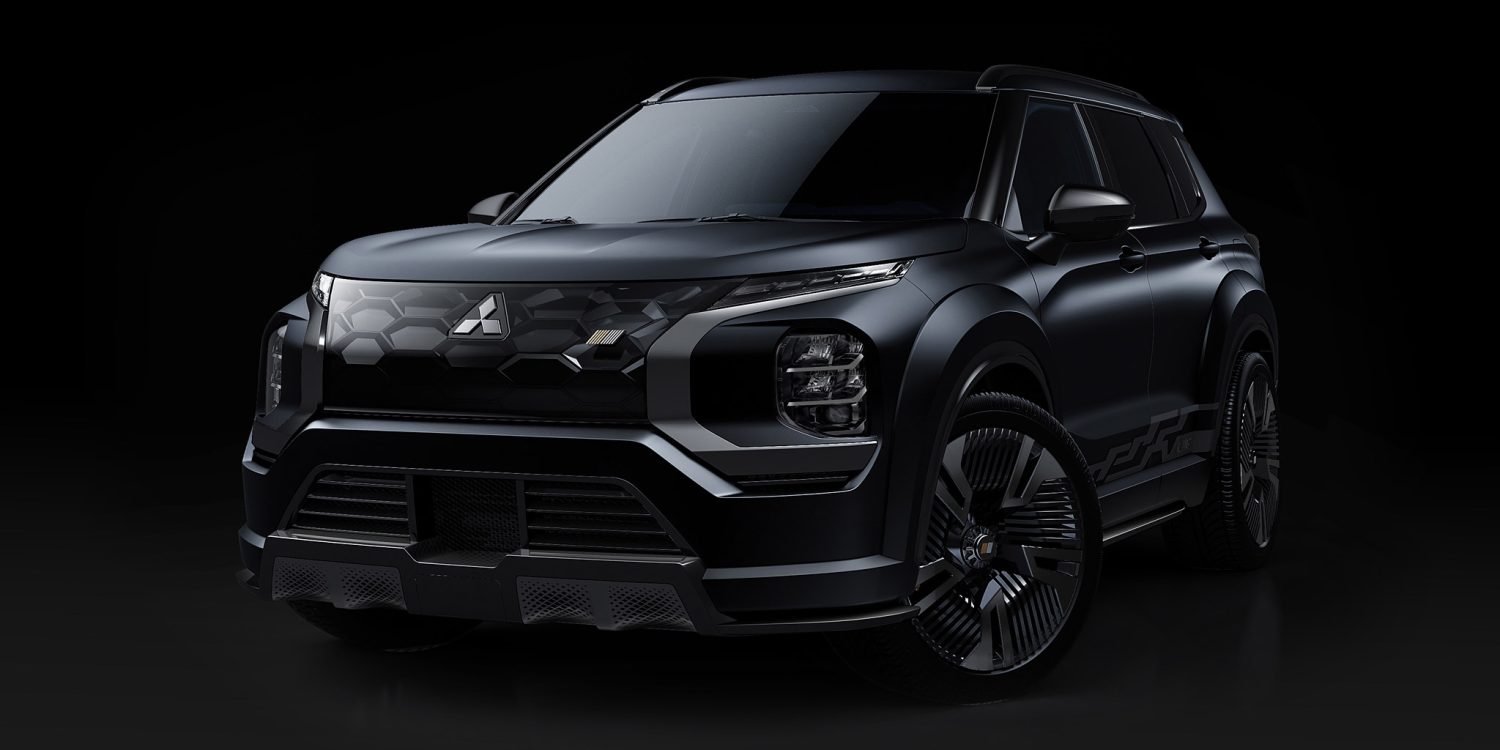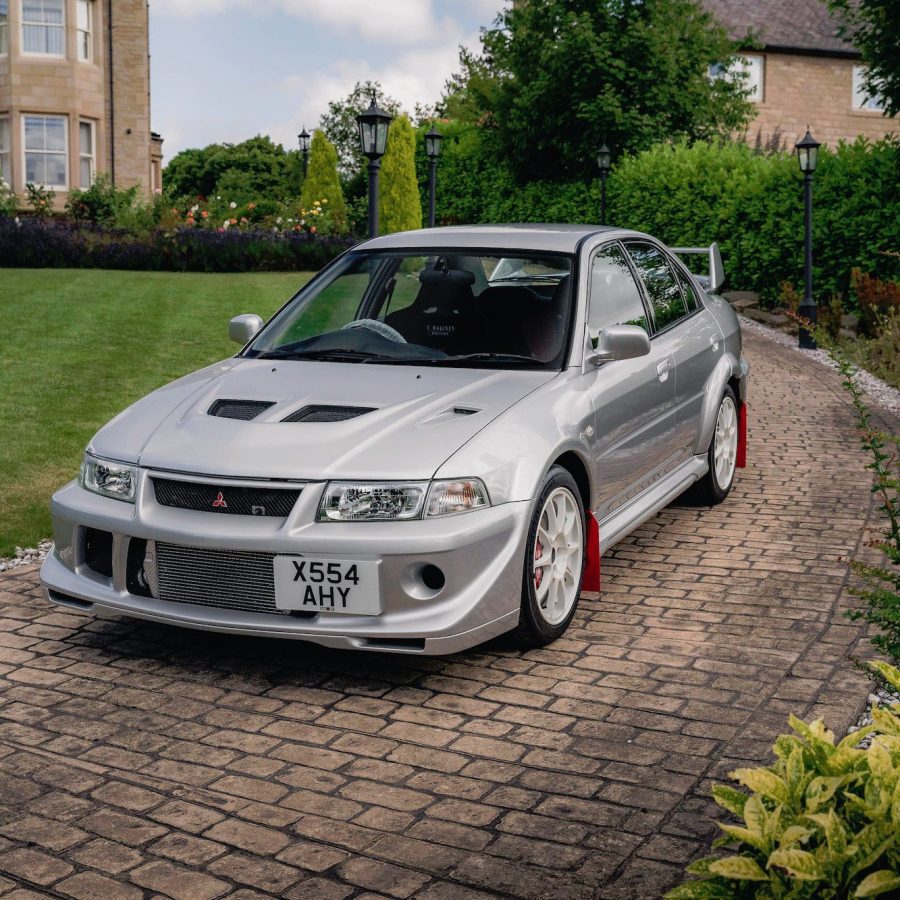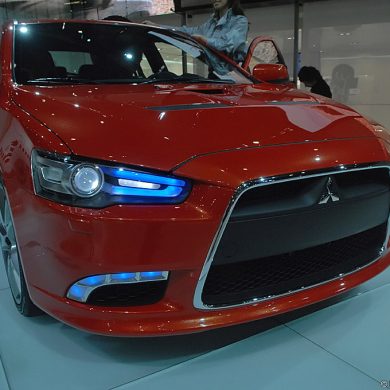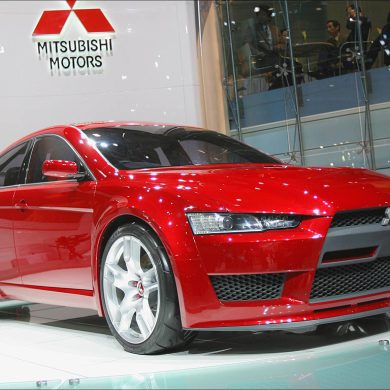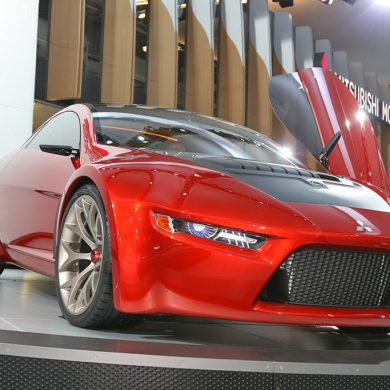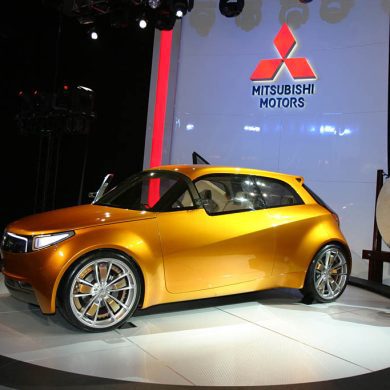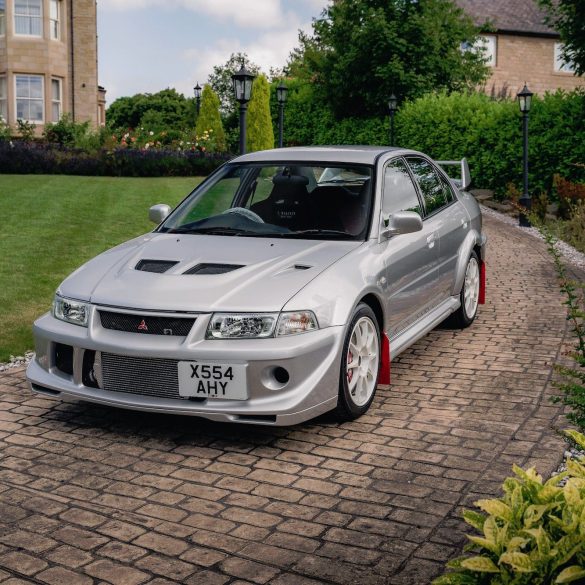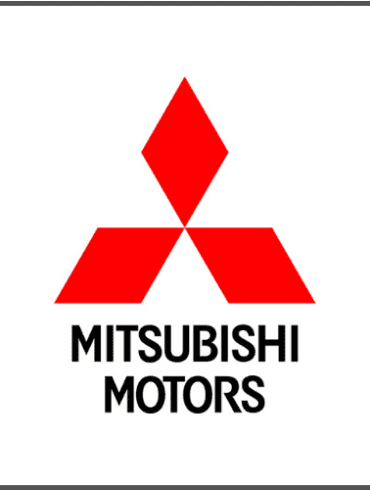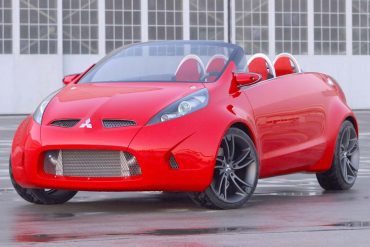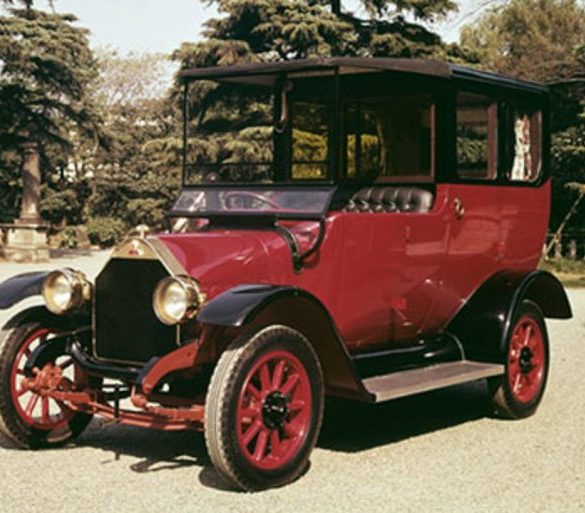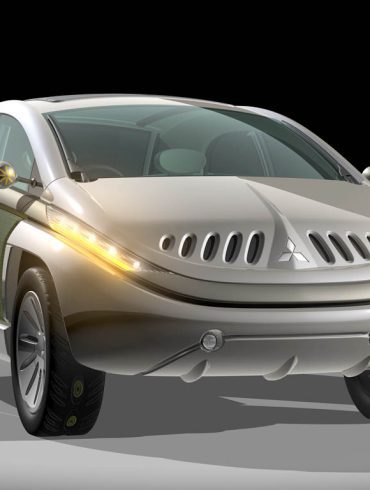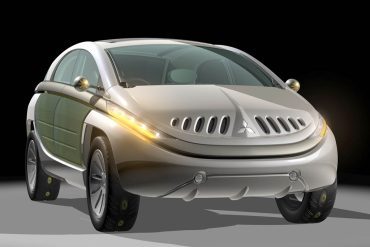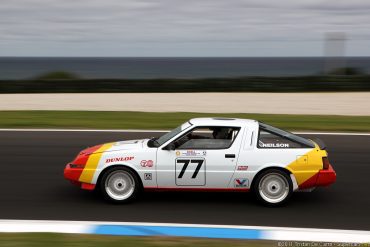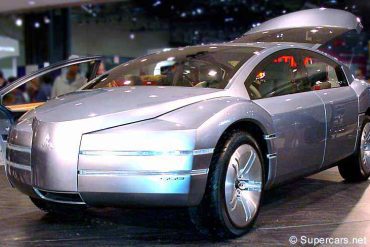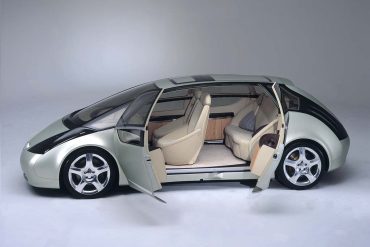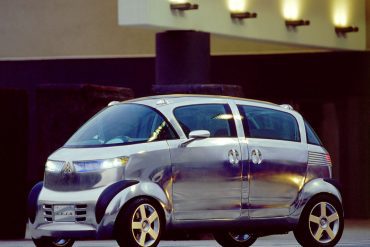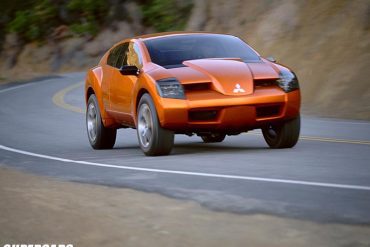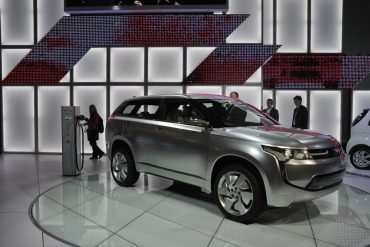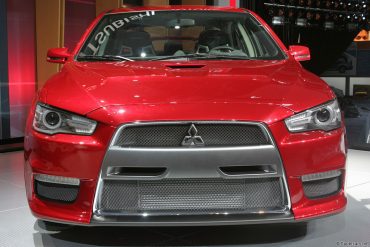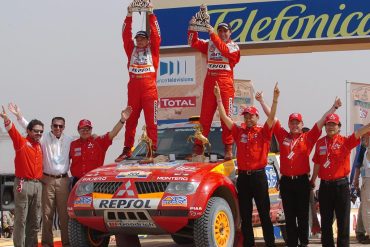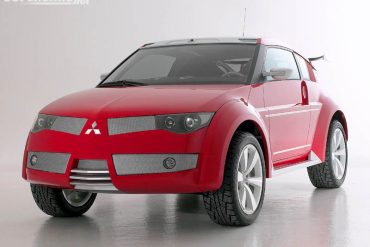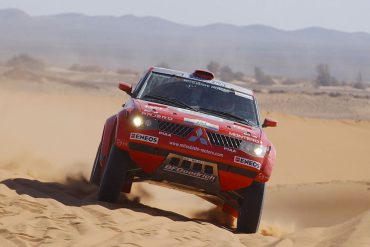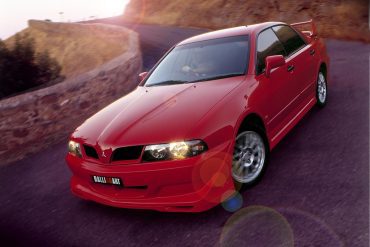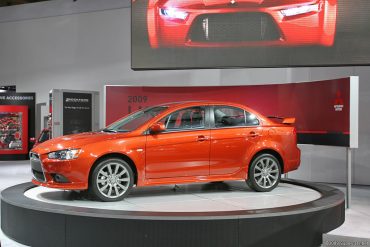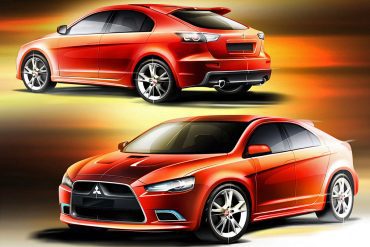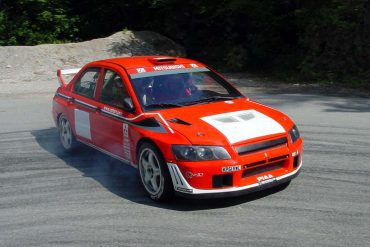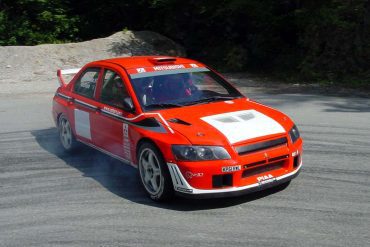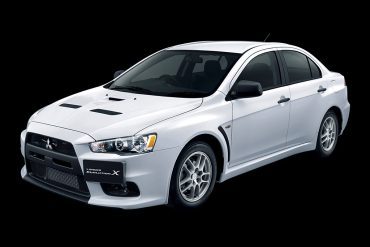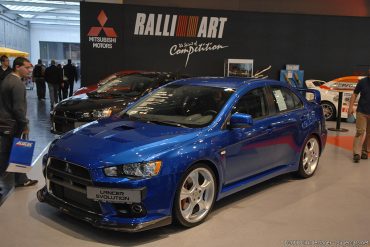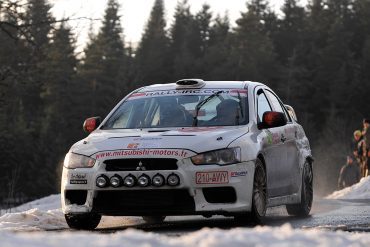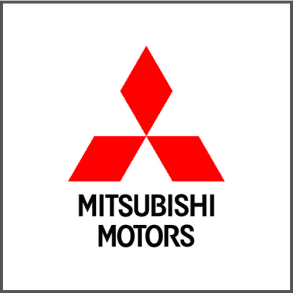
Mitsubishi Motors
Research, History, Reviews, Media & More
News / Models / The Market / Videos & Images
Mitsubishi Motors, part of the larger Mitsubishi Group, began its journey in the automotive industry in 1917 with the introduction of the Model A, Japan's first series-production automobile. This historic vehicle, based on the Fiat Tipo 3, was hand-built and marked the beginning of Mitsubishi's long-standing tradition in automotive innovation. The early focus was on creating vehicles that could endure the varied and often challenging terrain and climate of Japan, setting a foundation for reliability and durability that would define the brand.
Post World War II, Mitsubishi re-emerged with renewed focus and in 1960 launched the Mitsubishi 500, a compact family car, initiating a new era of mobility for the Japanese middle class. This was followed by the introduction of the Minica, a kei car, and the Colt, a series that would see various iterations over the decades. The 1970s marked Mitsubishi's international expansion, most notably with the introduction of models like the Galant and the Lancer. These models were pivotal in establishing Mitsubishi's reputation overseas, particularly in new markets like the United States.
Mitsubishi's commitment to performance became evident through its participation in motorsport, particularly in the World Rally Championship (WRC). The Mitsubishi Lancer Evolution was developed in 1992, specifically designed to compete in the WRC. It combined power, precision, and agility, earning respect and admiration on and off the rally track. The Lancer Evolution series became a symbol of Mitsubishi's engineering prowess and a beloved model among car enthusiasts for its rally-bred capabilities and sports-car dynamics.
Mitsubishi also pioneered in the SUV market with the introduction of the Pajero in 1982. This robust vehicle won the grueling Dakar Rally multiple times in the 1980s and 1990s, underlining Mitsubishi's expertise in producing durable and high-performing SUVs. Additionally, recognizing the shift towards sustainable transportation, Mitsubishi introduced the i-MiEV in 2009, one of the world's first mass-produced electric cars, demonstrating Mitsubishi's commitment to environmentally friendly technology.
In recent years, Mitsubishi Motors has faced challenges including fluctuating sales and strategic re-alignments. However, it has continued to innovate, particularly in the realm of hybrid and electric vehicles. The Outlander PHEV, introduced in 2013, became a cornerstone of Mitsubishi's modern lineup, blending the versatility of an SUV with the efficiency of a plug-in hybrid.
Today, Mitsubishi continues to adapt to the changing dynamics of the automotive industry. It focuses on integrating advanced technologies with its core values of reliability, efficiency, and affordability. The company is also part of the Renault–Nissan–Mitsubishi Alliance, which allows for shared advancements in technology and resources, potentially setting the stage for a new era of innovation and growth.
Mitsubishi Motors, with its rich history of automotive excellence and innovation, continues to build vehicles that offer durability, performance, and cutting-edge technology, staying true to its heritage while navigating the future of mobility.
Did You Know?
Mitsubishi's roots stretch way back to 1870, long before they made cars. It began as a shipping company!
The three diamonds in Mitsubishi's logo represent three things: reliability, integrity, and success. They're also a nod to the family crests of the company's founders.
During World War II, Mitsubishi built the legendary Zero fighter plane, showing its engineering prowess in a different form.
Mitsubishi is a huge conglomerate! Beyond cars, they make everything from air conditioners to spacecraft.
Mitsubishi beat Tesla to the punch with the i-MiEV in 2009, a pioneering (if somewhat quirky) electric city car.


